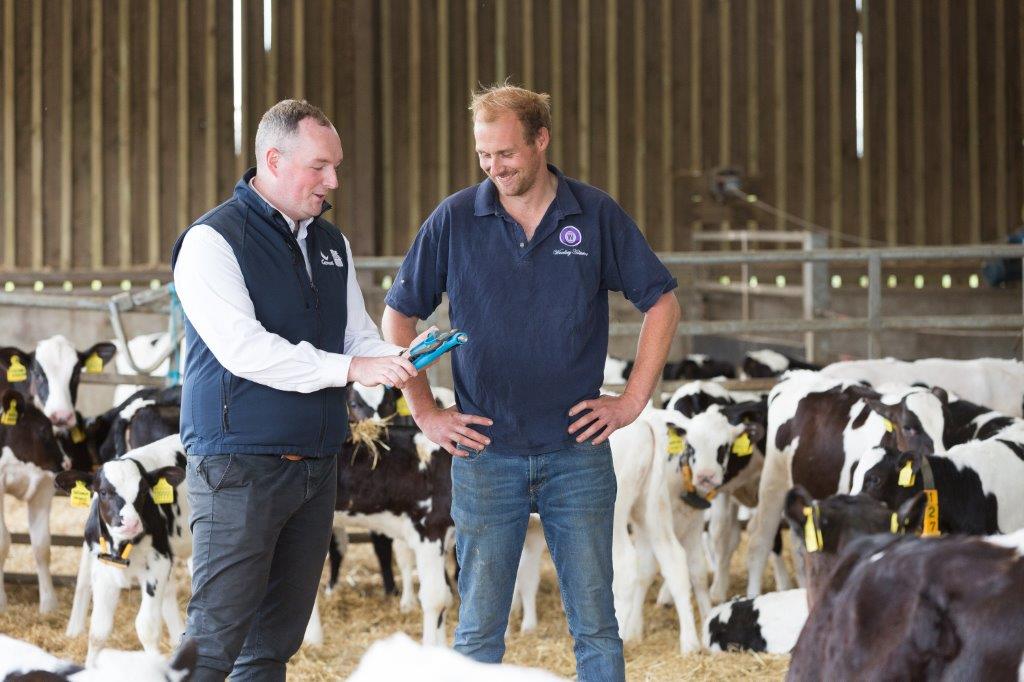Dairy farmers desire a highly-productive efficient herd, one which can maximise profitability. To achieve this many farmers have become very selective with the sires they use to breed their replacements, the same focus is not always placed on the female animals they choose to breed replacements from.
Carefully selecting your females to breed from, based on their genetic level, is just as important as picking which sires you use.
This is because there is a much larger variance when looking at the genetic potential of the females within the herd, than there is within the top sires available at any one time.
Bigger opportunities within female selection

Christopher Carroll, Genetic Consultant & Analyst at Genus ABS describes the trend on the graph below: “The graph shows the distribution of the top 100 available active sires (blue demographic) and the UK cow population. As you can see from the graphic, the genetics of sires, as we would expect, outrank most of the cows in the population”.
“However, if we look at the genetic variation i.e., the spread of the data, we see that there is a much greater spread in the cow population than the sire population. This is to be expected because, as genetics companies, we only look to make the most elite male genetics available to the industry, whereas the female population spans over many more years and is impacted by many more factors.
“Because of this wider spread in the female population, it is vital that to maximise the genetic potential in the next generation, we ensure that we choose both the correct animals in terms of genetics and total numbers. We refer to this as selection accuracy and selection intensity, respectively.”
The introduction of female genomic technology has allowed us to further drive the rate of genetic gain, by allowing us to be more accurate in our selections by predicting an animal’s genetic potential even more accurately.
“When we have the benefit of a female’s genomic data we can make selection decisions that are at least twice as reliable when compared to doing so with parent averages (70% vs 35% respectively). By accurately identifying and selecting those females from your herd, combined with choosing the highest genetic merit sires suited for your herd’s environment, you will drive genetic gain at the fastest rate.”
Incorporating genomics into your breeding strategy
Genomic testing as part of a genetic service, such as GENEadvance®, allows you to see the true genetic potential of your herd and accurately rank them according to your goals and strategy.
Used in conjunction with a mating program, and the expertise of a Genetic Consultant to help interpret the genomic data, specific sires can be identified and a customised breeding plan can be provided.
This will enable you to accelerate genetic improvement in your herd and deliver better future herd performance to reach your overall goals.
If you are interested in learning more about GENEadvance® technology or the services offered by Genus ABS, contact your local representative today, or visit our website.






